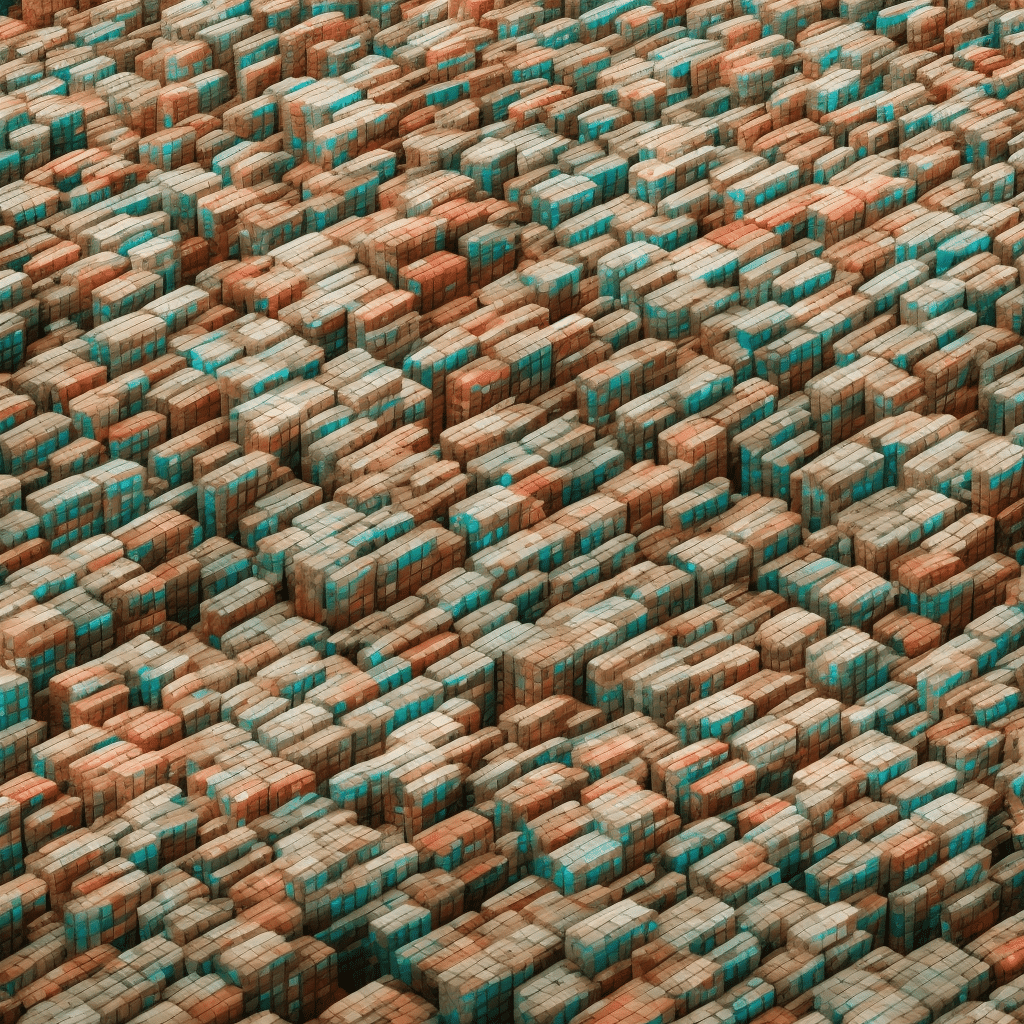The role of technology in enhancing global food distribution and security is one of the most pressing conversations of our time. With the world’s population increasing rapidly, the demand for sustainable food production is also on the rise. Now, more than ever, farmers and the agricultural industry are turning to innovative technologies to help meet this demand, mitigate the challenges they face, and ensure food security for all.
In this light, we’ll delve into how technologies are revolutionizing the agricultural sector and reshaping our food supply chains. We’ll also shed light on how data, IoT, and other technologies are contributing to the development of more sustainable farming practices and helping to secure our global food supply. So, fasten your seatbelts as we journey through the fascinating world of technology in agriculture.
A lire en complément : The role of chatbots in managing the food supply chain
The Impact of Technology on Sustainable Farming
Farming—the very backbone of our food supply—has been undergoing a significant transformation. With the aid of advanced technologies, modern farming is deviating from traditional practices and evolving into an industry that’s more efficient, sustainable, and in tune with our changing climate realities.
One game-changing technology in farming is the Internet of Things (IoT). IoT, in combination with data analytics, is helping farmers monitor crop health in real-time, optimize irrigation schedules, and predict yield. It reduces water and fertilizer usage, minimizes waste, and boosts agricultural productivity. Moreover, the use of drones for crop surveillance and autonomous tractors for field operations is increasing farming efficiency and reducing the environmental impact.
Cela peut vous intéresser : Mirror photo booth for sale: boost your events
Precision farming, powered by technologies like GPS, sensors, and data analytics, is another innovation that’s making huge waves in the agricultural industry. This technology enables farmers to manage their fields with remarkable precision, from planting seeds to harvesting crops. It significantly reduces the use of resources, while improving crop yield and quality.
Innovations in the Food Production Industry
Beyond the farm, technology is also transforming the food production industry. Advanced machinery and automation technologies are increasing efficiency in food processing, packaging, and distribution. They are reducing manual labor, increasing productivity, and minimizing food waste.
The use of robotics in food production is another exciting development. Robots equipped with computer vision and machine learning capabilities are now able to handle delicate tasks such as sorting, peeling, and cutting fruits and vegetables.
Additionally, innovations such as the blockchain technology are enhancing transparency and traceability in the food supply chain. This allows both consumers and manufacturers to trace food from farm to plate, ensuring food safety and reducing the risk of fraud.
Smart Technologies for Food Security
Food security is a global challenge that has been exacerbated by climate change, population growth, and social inequities. However, technology is playing a significant role in addressing this challenge.
For instance, big data and AI are being leveraged to predict and manage food shortages. They enable data-driven decision-making, allowing governments, farmers, and organizations to make informed choices about food production and distribution.
Besides, mobile technology is ensuring that farmers, especially in developing regions, have access to vital information. Mobile apps provide farmers with weather forecasts, farming tips, and access to markets, thus enabling them to increase their productivity and income.
Global Food Supply Chain Reinvented by Technology
The global food supply chain is another area that is witnessing a technological revolution. Innovations are helping overcome logistical challenges, improve efficiency, and reduce food waste.
For instance, IoT is being used to monitor temperature and humidity in real-time during food transportation, ensuring food safety and reducing spoilage. Similarly, AI and machine learning are being used to predict demand, manage inventory, and optimize routes, reducing costs, and improving efficiency.
Moreover, digital platforms are connecting farmers directly to consumers, eliminating the middlemen and reducing costs. These technologies are helping build a more resilient and sustainable global food supply chain.
Indeed, technology is making a big dent in the way we produce, distribute, and consume food. It is helping us build a more sustainable, efficient, and secure food system. However, it’s important to remember that technology alone can’t solve all our food challenges. It must be coupled with policy reforms, consumer education, and a concerted global effort.
In the end, technology is here to help us, not necessarily to save us. And in the case of our global food distribution and security, it’s creating an avenue for us to make better, sustainable choices.
The Future of Technology in Agriculture: Vertical Farming and Beyond
Vertical farming is one of the latest technological advances that has the potential to revolutionize the agricultural industry and aid in achieving global food security. This method involves growing crops in stacked layers, typically in controlled environments like buildings or shipping containers. It benefits from artificial intelligence, sensors, and data analytics to optimize growing conditions.
This way of farming can maximize crop yields, save water, and reduce the usage of pesticides and fertilizers. It is also less dependent on weather conditions, making it a viable solution to tackle the challenges posed by climate change. Furthermore, by bringing production closer to consumers, vertical farming can cut transportation costs and carbon emissions, contributing to a more sustainable food system.
Another emerging technology that promises to reshape the food industry is lab-grown meat. This innovation involves producing meat from animal cells, without the need for raising and slaughtering animals. Not only does this method have the potential to meet growing meat demand, but it can also reduce the environmental impact of livestock farming.
While the technology is still in its infancy, advancements are being made rapidly. Google scholar reports point out that several startups are already commercializing lab-grown meat, with the hope of scaling up production and bringing costs down in the near future.
Conclusion: Harnessing Technology for a More Resilient Food System
In conclusion, the role of technology in enhancing global food distribution and security is immense and undeniable. From precision agriculture and vertical farming to blockchain technology and artificial intelligence, innovations are changing the way we think about and manage our food system.
These technologies are helping tackle food insecurity, climate change, and other challenges by making food production more efficient, sustainable, and resilient. They are enabling real-time decision making, improving food safety, reducing food waste, and enhancing the transparency and efficiency of the global food supply chain.
However, it’s worth reiterating that technology alone is not the silver bullet for all our food security issues. It needs to go hand in hand with sound policy making, investments in infrastructure, and efforts to educate consumers and encourage more sustainable food choices.
Furthermore, it’s crucial to ensure that these technologies are accessible and affordable for all, including smallholder farmers in developing countries who are often the most vulnerable to food insecurity.
Regardless, the future looks promising as technology continues to open up new opportunities for enhancing global food distribution and security. To put it simply, in the fight against food insecurity and for a sustainable future, technology is not just an ally; it’s a necessity.










